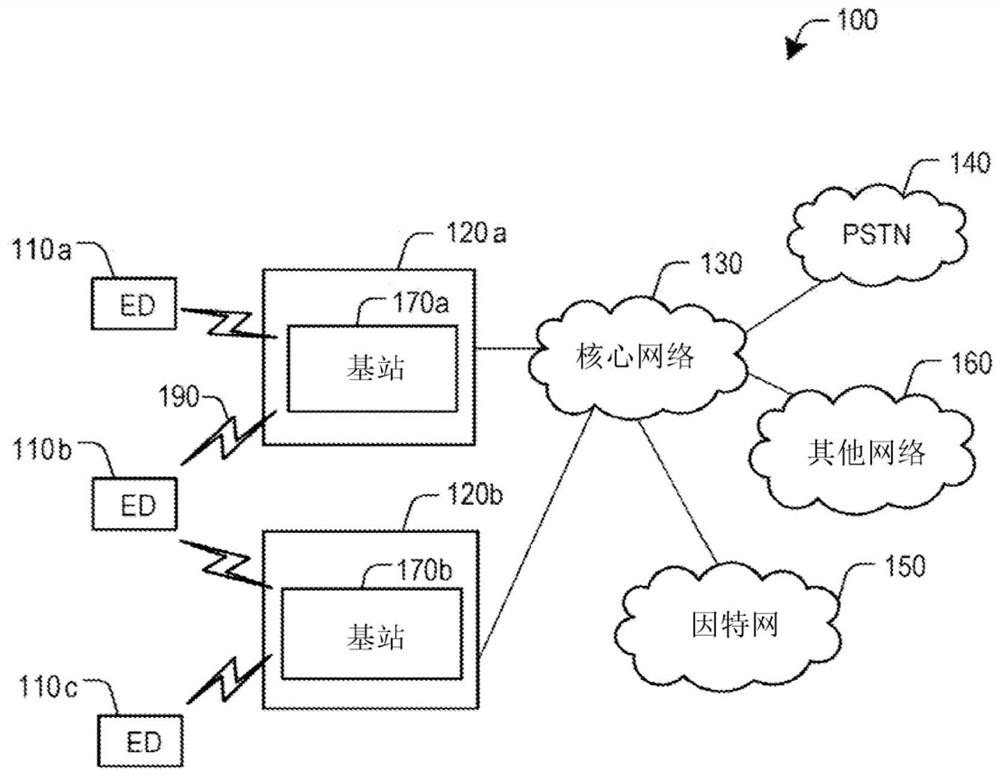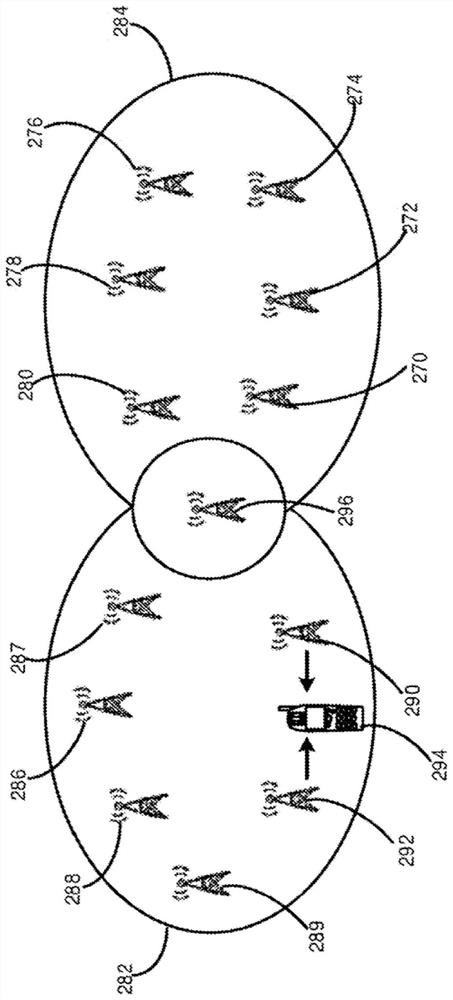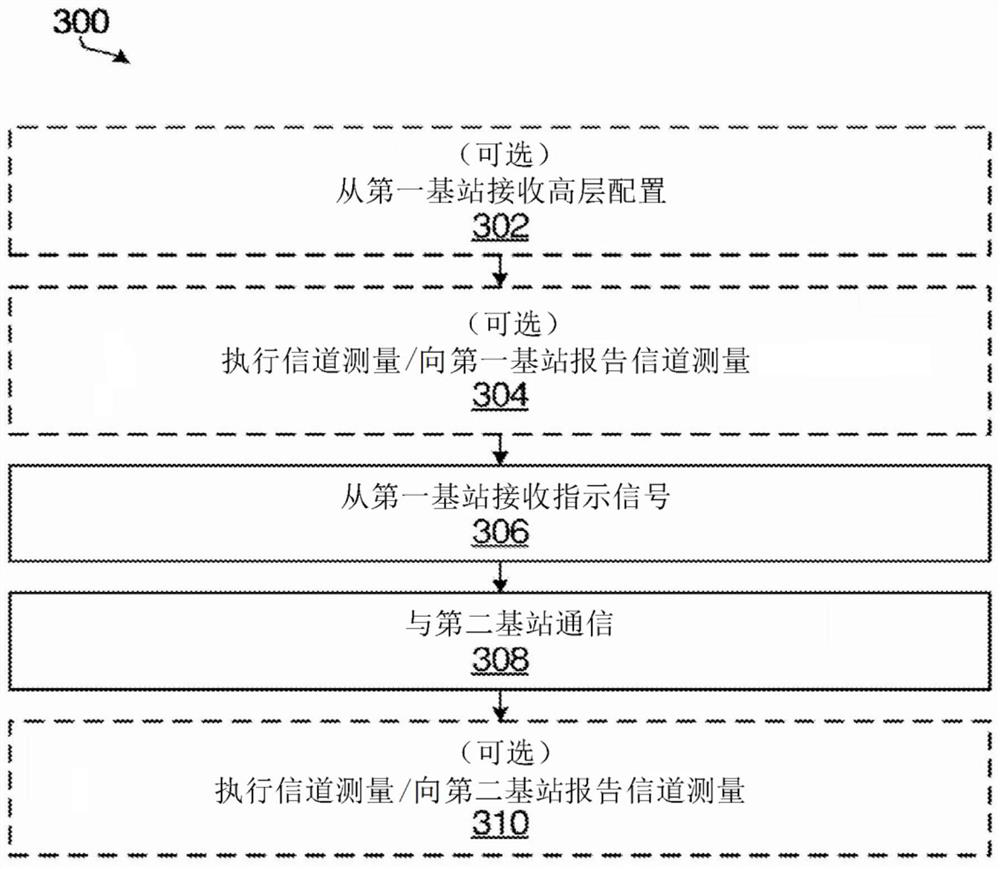User equipment-centric inter-cell mobility
A technology for base stations and communication resources, applied in electrical components, radio transmission systems, access restrictions, etc., to solve problems such as difficulty in cell ID allocation and increased incidence.
- Summary
- Abstract
- Description
- Claims
- Application Information
AI Technical Summary
Problems solved by technology
Method used
Image
Examples
example 1
[0329] According to example 1, a method comprising: receiving, by a UE, an indication signal from a first base station, the indication signal being used to indicate to the UE communication of a second reference signal from a high layer UE configuration from the first base station resource, the high-level configuration further includes a communication resource of a first reference signal associated with the first base station and a communication resource of a second reference signal associated with a second base station; the UE uses the corresponding data channel or The control channel performs data transmission or control signal transmission communication with the second base station, and the data channel or the control channel is associated with the communication resource of the second reference signal.
example 2
[0330] Example 2 relates to the method of example 1, the method further comprising receiving, by the UE, the high layer configuration from the first base station.
example 3
[0331] Example 3 relates to the method of example 1 or example 2, wherein the indication signal comprises a QCL hypothesis.
PUM
 Login to View More
Login to View More Abstract
Description
Claims
Application Information
 Login to View More
Login to View More - R&D
- Intellectual Property
- Life Sciences
- Materials
- Tech Scout
- Unparalleled Data Quality
- Higher Quality Content
- 60% Fewer Hallucinations
Browse by: Latest US Patents, China's latest patents, Technical Efficacy Thesaurus, Application Domain, Technology Topic, Popular Technical Reports.
© 2025 PatSnap. All rights reserved.Legal|Privacy policy|Modern Slavery Act Transparency Statement|Sitemap|About US| Contact US: help@patsnap.com



